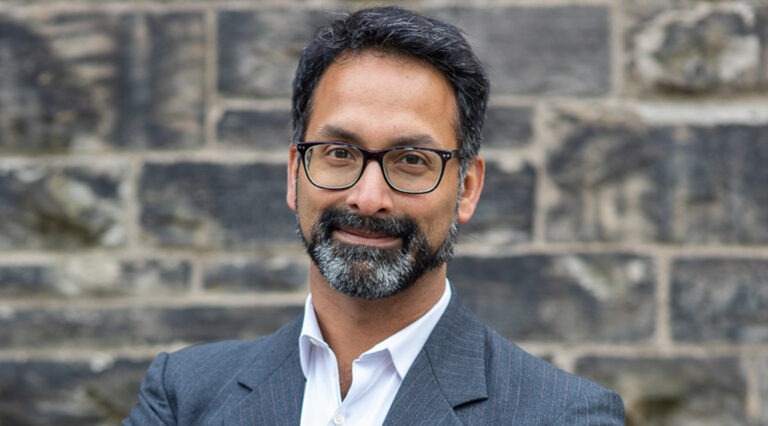By Sheryl Spithoff and Tara Kiran
The health care system’s pivot to virtual care during the pandemic has sparked a corporate stampede into primary care.
Every corporation – from telecom giants to technology startups – seems to want a piece of the pie. Just within the past year, Loblaw purchased a minority stake in a telemedicine platform and launched a health and wellness app that offers reward points at its grocery stores. The goal? To become the “front door of health care.”
Virtual care services are appealing – especially to the millions of Canadians who don’t have a family doctor or who struggle to get a timely appointment with the doctor they do have. Who doesn’t like the idea of chatting with a doctor in your pajamas or skipping the waiting room?
But this shift to corporate-driven care also has a dark side. We need to be wary of the consequences.
It creates a system that is driven by profit – one where care is designed to maximize revenue, not health outcomes, and where your health data is viewed as a financial asset. Instead, we need to find ways to improve access and incorporate new technologies in a primary care system that prioritizes patient health.



